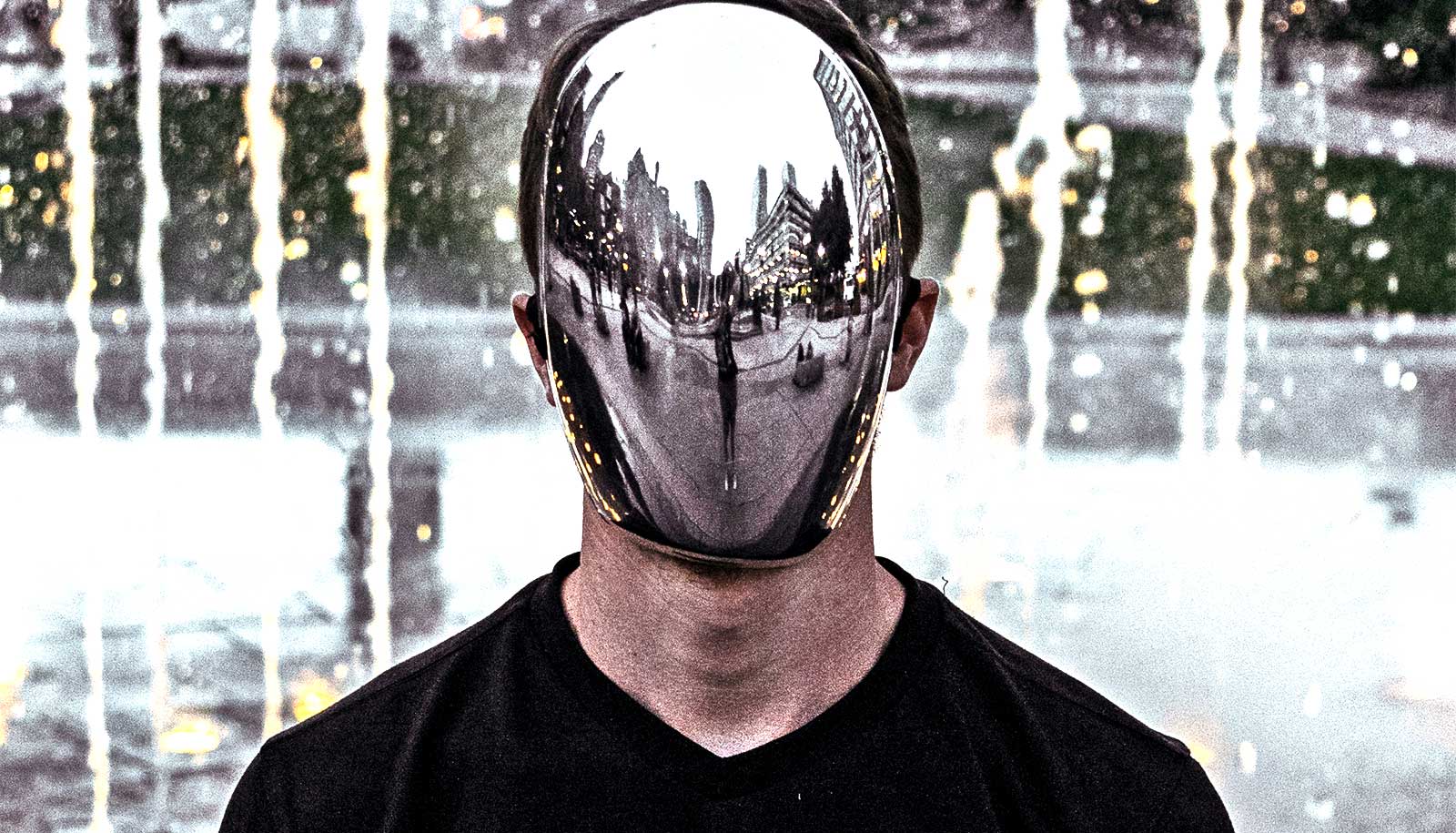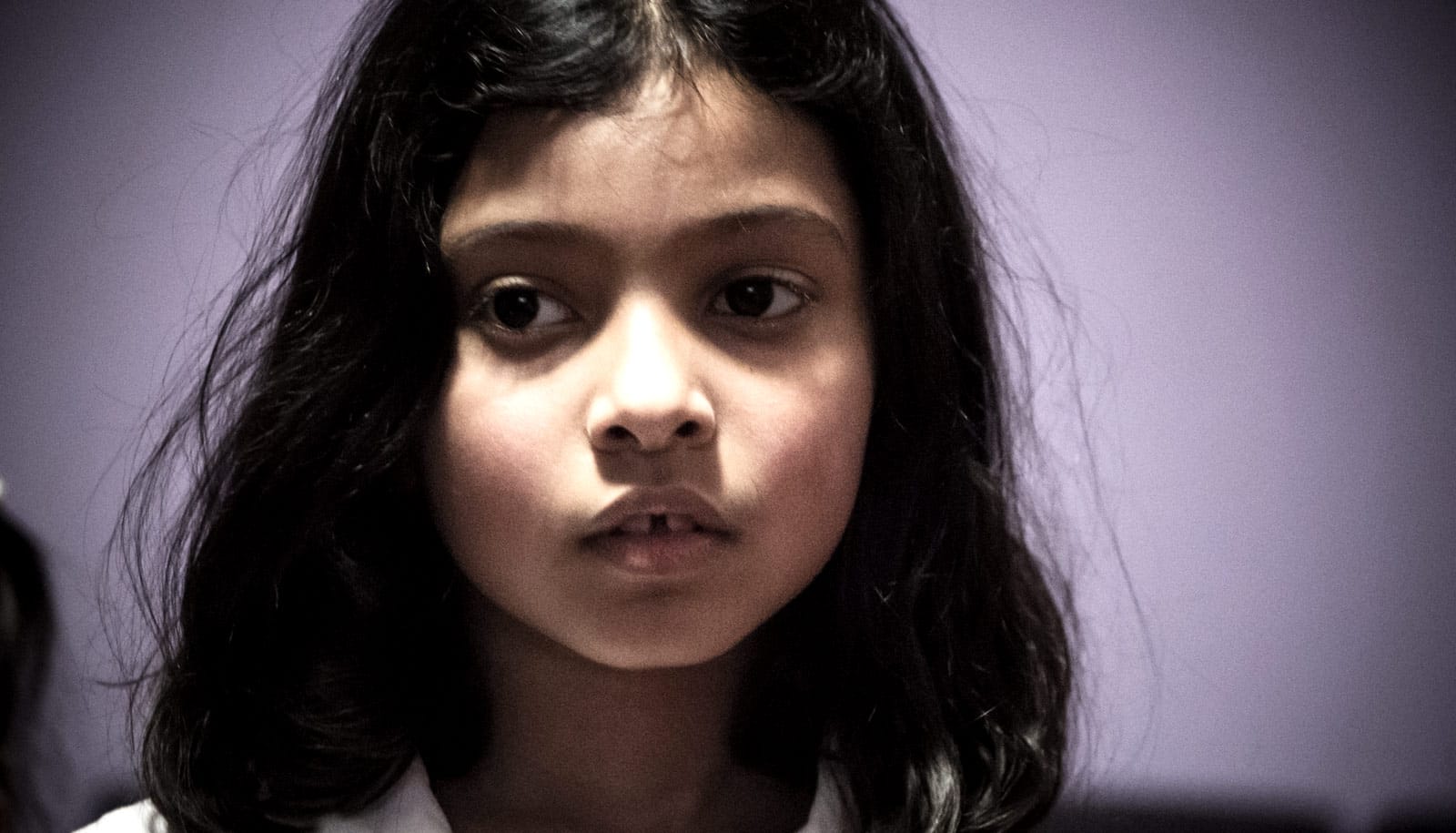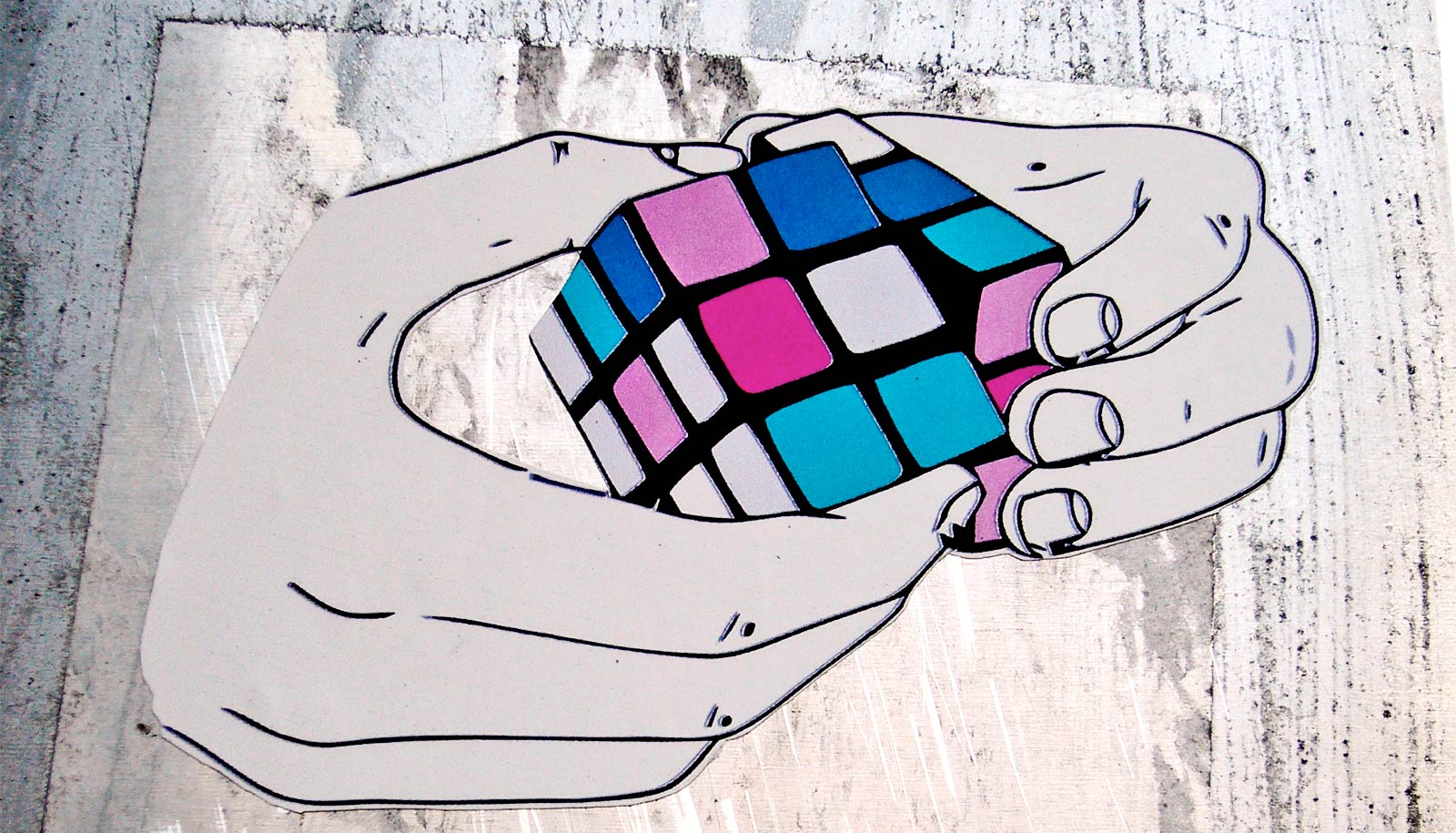A new approach to fighting deepfake videos uses the subtle characteristics of how a person speaks, such as former President Barack Obama’s distinct head nods and lip purses.
After watching hours of video footage of Obama delivering his weekly address, Shruti Agarwal began to notice a few quirks about the way Obama speaks.
“Every time he says ‘Hi, everybody,’ he moves his head up to the left or the right, and then he purses his lips,” says Agarwal, a computer science graduate student at the University of California, Berkeley.
“We are just trying to gain a little upper-hand in this cat and mouse game of detecting and creating new deepfakes.”
Agarwal and her thesis advisor Hany Farid, an incoming professor in the department of electrical engineering and computer science and in the School of Information at UC Berkeley, are racing to develop digital forensics tools that can unmask “deepfakes,” hyper-realistic AI-generated videos of people doing or saying things they never did or says.
Seeing these patterns in the real Obama’s speech gave Agarwal an idea.
“I realized that there is one thing common among all these deepfakes, and that is that they tend to change the way a person talks,” Agarwal says.
Agarwal’s insight led her and Farid to create the latest weapon in the war against deepfakes. Their technique, which Agarwal presented at the Computer Vision and Pattern Recognition conference, could be used to help journalists, policy makers, and the public stay one step ahead of bogus videos of political or economic leaders that could be used to swing an election, destabilize a financial market, or even incite civil unrest and violence.
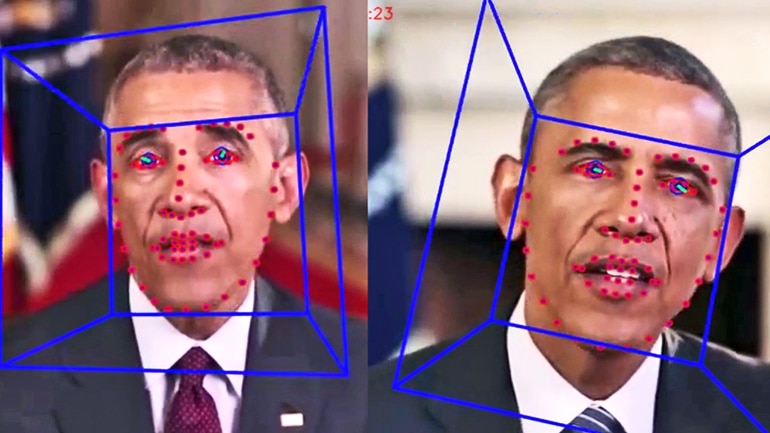
The fakest news
“Imagine a world now, where not just the news that you read may or may not be real—that’s the world we’ve been living in for the last two years, since the 2016 elections—but where the images and the videos that you see may or may not be real,” says Farid. “It is not just about these latest advances in creating fake images and video. It is the injection of these techniques into an ecosystem that is already promoting fake news, sensational news and conspiracy theories.”
The new technique works because all three of the most common deepfake techniques—known as “lip-sync,” “face swap,” and “puppet-master,”—involve combining audio and video from one source with an image from another source, creating a disconnect that a keen viewer—or a sophisticated computer model—may uncover.
Using the “face swap” technique, for example, one could create a deepfake of Donald Trump by superimposing Trump’s face onto a video of Alec Baldwin doing an impersonation of Trump, so that it is almost as if Baldwin is wearing a skin-tight Trump mask. But Baldwin’s facial expressions will still show through the mask, Agarwal says.
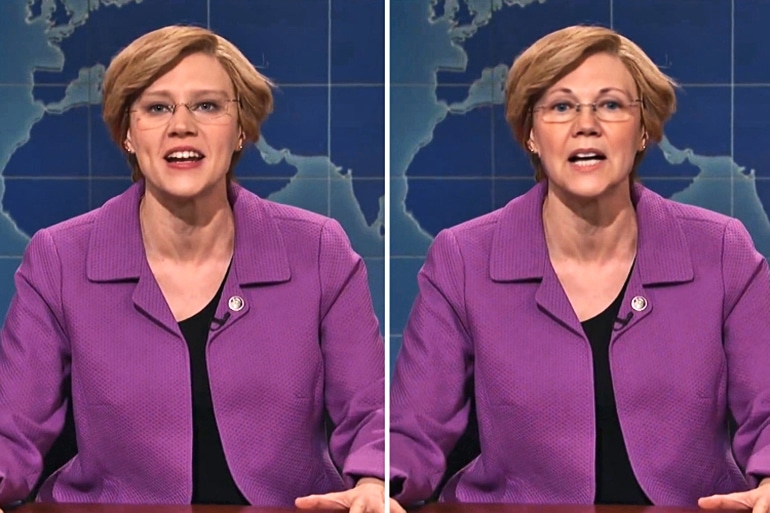
“The new image that is created will have the expressions and facial behavior of Alec Baldwin, but the face of Trump,” Agarwal says.
Likewise, in a “lip-sync” deepfake, AI algorithms take an existing video of a person talking, and alter the lip movements in the video to match that of a new audio, where the audio may be an older speech taken out of context, an impersonator speaking, or synthesized speech. Last year, actor and director Jordan Peele used this technique to create a viral video of Obama saying inflammatory things about president Trump.
Lip mismatch in deepfake videos
In these deepfake videos, however, only the lip movements are changed, so the expressions on the rest of the face may no longer match the words being spoken.
To test the idea, Agarwal and Farid gathered video footage of five major political figures—Hillary Clinton, Barack Obama, Bernie Sanders, Donald Trump, and Elizabeth Warren—and ran them through the open-source facial behavior analysis toolkit OpenFace2, which picked out facial tics like raised brows, nose wrinkles, jaw drops, and pressed lips.
They then used the outputs to create what the team calls “soft biometric” models, which correlate facial expressions and head movements for each political leader. They found each leader had a distinct way of speaking and, when they used these models to analyze real videos and deepfakes that collaborators at the University of Southern California created, they found the models could accurately tell the real from the fake between 92 and 96 percent of the time, depending on the leader and length of the video.
“The basic idea is we can build these soft biometric models of various world leaders, such as 2020 presidential candidates, and then as the videos start to break, for example, we can analyze them and try to determine if we think they are real or not,” Farid says.
Unlike some digital forensics techniques, which identify fakes by spotting image artifacts left behind during the fabrication process, the new method can still recognize fakes that have been altered through simple digital processing like resizing or compressing.
But it’s not foolproof. The technique works well when applied to political figures giving speeches and formal addresses because they tend to stick to well-rehearsed behaviors in these settings. But it might not work as well for videos of these people in other settings: for example, Obama may not give his same characteristic head nod when greeting his buddies.
Deepfake creators could also become savvy to these speech patterns and learn to incorporate them into their videos of world leaders, the researchers say.
Agarwal says she hopes the new approach will help buy a little time in the ever-evolving race to spot deepfakes.
“We are just trying to gain a little upper-hand in this cat and mouse game of detecting and creating new deepfakes,” Agarwal says.
Source: UC Berkeley
